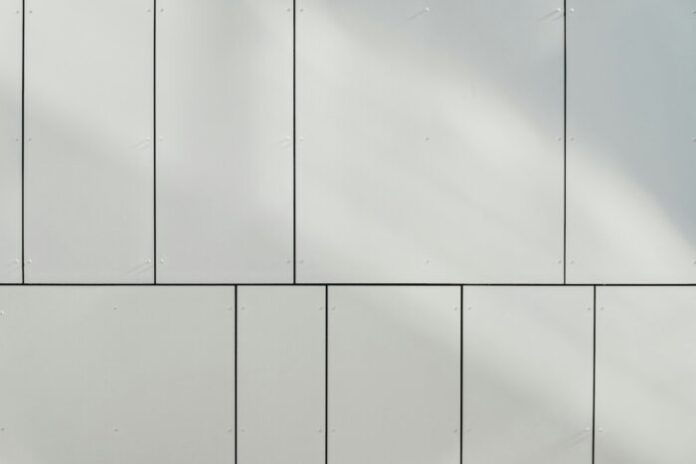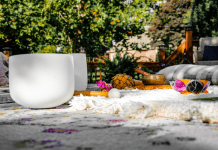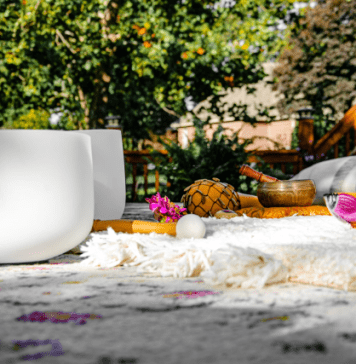
In today’s competitive business landscape, the exterior appearance of commercial buildings, especially the front facade, is pivotal in catching the eye and setting the tone for the entire customer experience. A well-designed facade can shape public perception, attract clientele, and effectively reflect corporate identity.
Lightweight panel facades have emerged as a transformative element in modern architecture, offering businesses a blend of aesthetic appeal, functionality, and sustainability. The article explores how panel facades revitalize building frontages, driving business success through innovative design and practical benefits.
Building Aesthetic Transformation
Panel facades allow businesses to create visually striking building exteriors that stand out in urban environments. Their sleek, modern appearance can enhance brand visibility and make a lasting impression on clients and visitors. The blend of high-quality panel facade materials and skilled craftsmanship allows for innovative designs harmonizing with architectural vision. Lightweight panel facades allow for customization using various colors, finishes, and textures to reflect a company’s brand identity.
For example, the Kelaty House in Wembley, London, showcases stunning building aesthetics with its aluminum-colored facade and anodized finish. The anodized aluminum provides durability and enhances visual appeal by dynamically reflecting light throughout the day, creating an ever-changing appearance.
The facade’s clean lines, metallic finish, and structural integrity enhance the building’s aesthetics and contribute to its identity as a modern corporate hub. Such projects demonstrate the versatility of aluminium facades in transforming mundane exteriors into dynamic, visually appealing landmarks that resonate with contemporary architectural trends.
Enhanced Brand Identity
Well-designed and quality panel facades significantly enhance brand identity for businesses in various impactful ways. For example, a business building can customize its structural façade in color, texture, and aesthetic to harmonize with existing branding, ensuring visual consistency that reinforces brand recognition.
Also, unique design elements and materials offer opportunities for differentiation, helping businesses stand out in competitive markets. By projecting a modern image associated with contemporary architecture, panel facades underscore a company’s commitment to innovation and progressive values, thereby shaping positive perceptions among customers and stakeholders alike.
However, for metal facades, it’s crucial to partner with an experienced fabricator familiar with the technology and machinery required for precision manufacturing. Technologies like automatic panel bending machines ensure the creation of smooth curves and flawless contours with accuracy and efficiency.
Improved Building Efficiency
Panel facades contribute significantly to improved building efficiency through enhanced thermal performance strategies. It includes integrating insulation materials within panel systems to minimize heat transfer, thereby reducing the energy consumption required for heating and cooling.
For example, panels featuring reflective coatings can effectively mitigate heat absorption in warmer climates, decreasing energy demands. Also, buildings can achieve substantial energy savings by optimizing thermal regulation through innovative panel design.
That helps maintain comfortable indoor temperatures year-round, reducing the need for heating and cooling. Consequently, businesses achieve lower energy bills and improved cost-efficiency, contributing to their bottom line while maintaining comfortable indoor environments, aligning with sustainability goals, and enhancing operational efficiency over the long term. However, it’s essential to carefully select a cladding material well-suited for your region’s specific environmental conditions.
Contribute to Sustainability Initiatives
Panel facades significantly contribute to sustainability initiatives through their material selection and design strategies aimed at reducing environmental impact. Façade cladding materials, such as aluminum facades, incorporate high levels of recycled content. That reduces reliance on new materials and decreases the environmental footprint associated with manufacturing.
Also, such panel facades undergo recycling after dismantling at the end of their lifecycle, promoting a circular model by ensuring reuse and repurposing of materials rather than discarding them into landfills. Such sustainable practices help businesses achieve green building certifications, appeal to eco-conscious clients, and demonstrate commitment to environmental stewardship and corporate social responsibility.
In conclusion, businesses can profoundly transform their environments by integrating quality and well-designed facades into building fronts. Customized façade designs enhance aesthetics, improve energy efficiency, and bolster sustainability efforts, elevating brand reputation, attracting clientele, and setting businesses apart from competitors. However, achieving optimal results necessitates partnering with experienced professionals to deliver tailored solutions aligned with specific business goals and stringent environmental standards.













